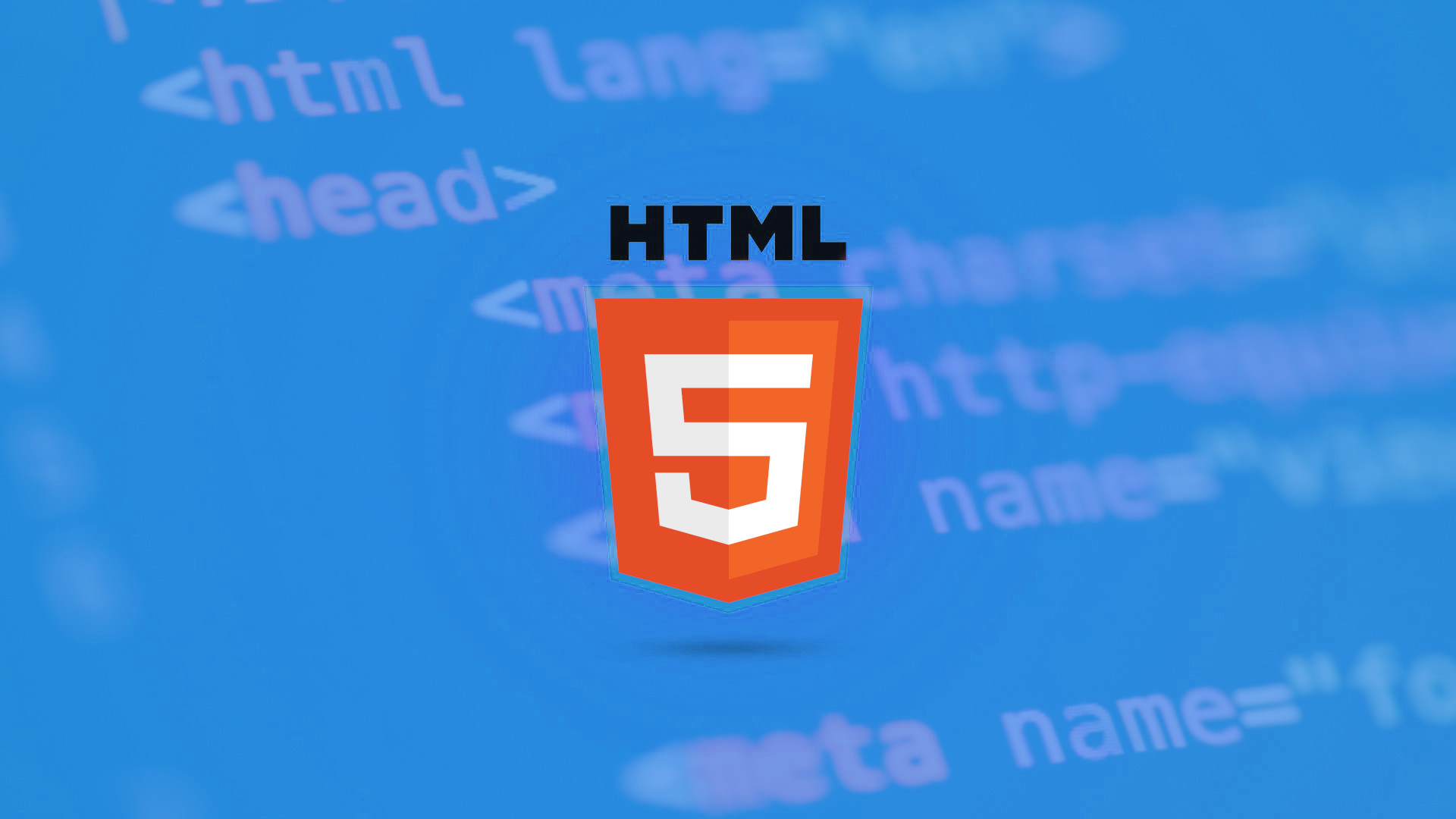THE HTML5 REPOSITORY

We follow html5 as it gathers speed.
Reference
What is html5 ? the markup
Source: html5 WikiPedia
HTML5 introduces a number of new elements and attributes that reflect typical usage on modern websites. Some of them are semantic replacements for common uses of generic block (<div>) and inline (<span>) elements, for example <nav>(website navigation block) and <footer> (usually referring to bottom of web page or to last lines of html code). Other elements provide new functionality through a standardized interface, such as the multimedia elements <audio> and <video>. Some deprecated elements from HTML 4.01 have been dropped, including purely presentational elements such as <font> and <center>, whose effects are achieved using Cascading Style Sheets. There is also a renewed emphasis on the importance of DOM scripting (e.g., JavaScript) in Web behavior.
The HTML5 syntax is no longer based on SGML despite the similarity of its markup. It has, however, been designed to be backward compatible with common parsing of older versions of HTML. It comes with a new introductory line that looks like an SGML document type declaration, <!DOCTYPE html>, which enables standards-compliant rendering in all browsers that use “DOCTYPE sniffing”.
HTML5 also incorporates Web Forms 2.0, another WHATWG specification.
html5 resource links
- html5 BoilerPlate
- html5 Rocks
- html5 Reset
New Api’s
New APIs
In addition to specifying markup, HTML5 specifies scripting application programming interfaces (APIs). Existing document object model (DOM) interfaces are extended and de facto features documented. There are also new APIs, such as:
- The canvas element for immediate mode 2D drawing. See Canvas 2D API Specification 1.0 specification
- Timed media playback
- Offline storage database (offline web applications). See Web Storage
- Document editing
- Drag-and-drop
- Cross-document messaging
- Browser history management
- MIME type and protocol handler registration.
- Microdata
- Geolocation
- Local SQL Database. Web SQL Database
- Indexed hierarchical key-value store (formerly WebSimpleDB). Indexed Database API
Some of the new features are part of HTML5 and some are maintained in separate specifications.










